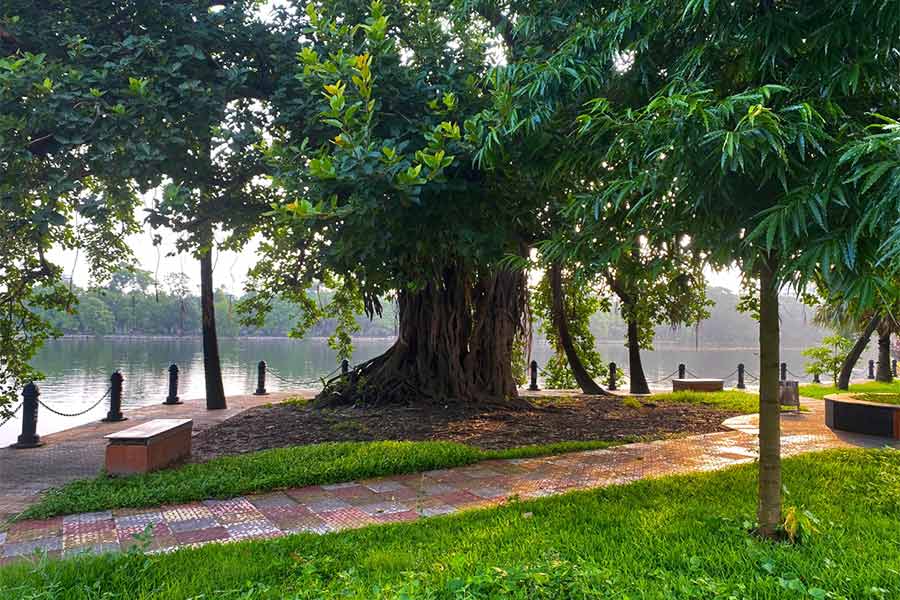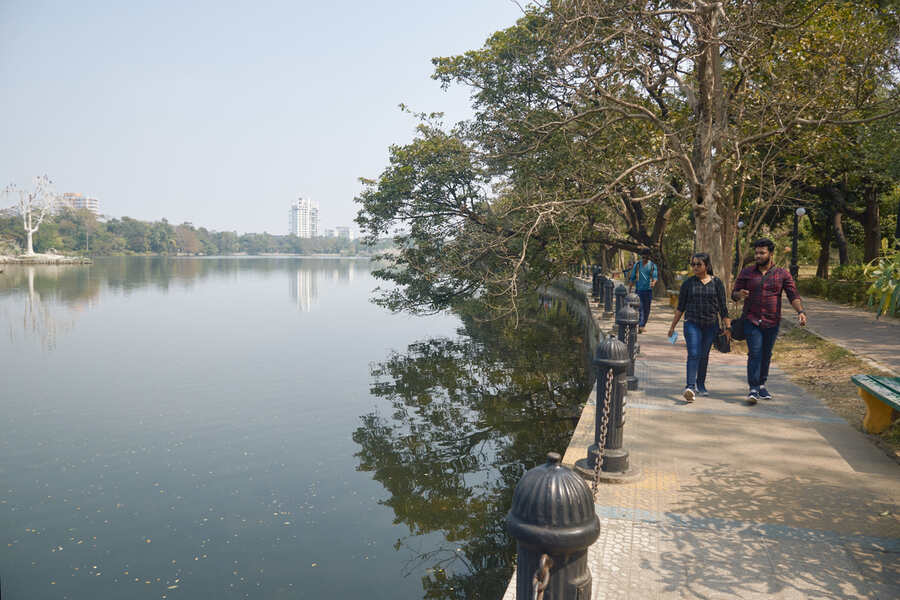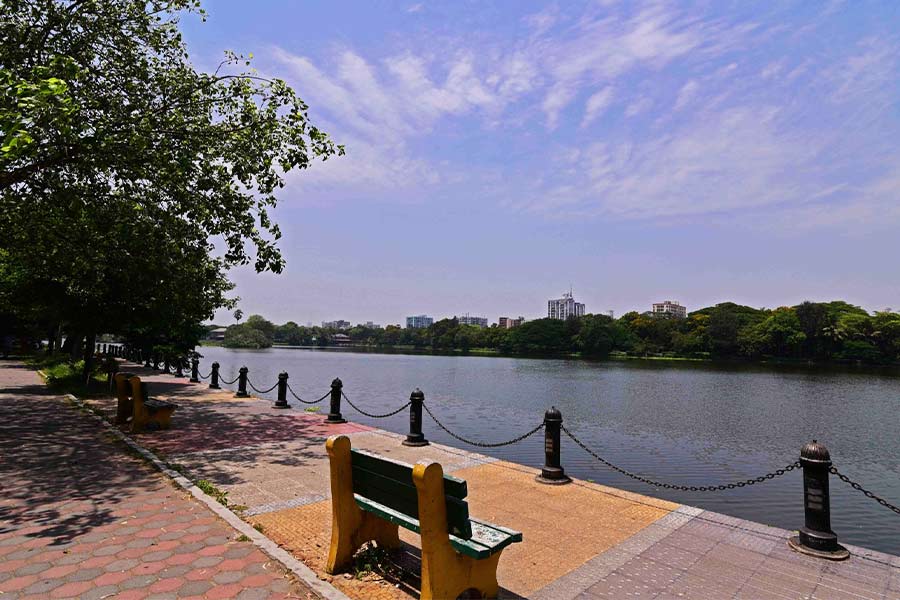This season, Kolkata had one of its harshest summers, with the mercury touching 43 degrees Celsius and the humidity making it feel more like 48. The city is paying a price for failing to maintain an ideal building-to-tree ratio, limit the number of automobiles and reverse the vanishing wetlands of East Kolkata.
Kolkata is blessed with a fabulous oasis in its southern part. Rabindra Sarobar houses a 73-acre waterbody, flanked by a 119-acre green corridor, with 11,000 trees. The idea of the manmade lake is credited to the first chairman of the Calcutta Improvement Trust (CIT), Cecil Henry Bompas, but was implemented by Prabodh Chandra Chatterjee, a (then) BE College graduate engineer.
Living near the Lake for seven decades has instilled in me a deep connection with the place and its nostalgia. Even today, I can’t resist a smile when I remember my cricketing days on the white border pitch close to the stadium, or a game of chess in one of those many rooms surrounding it. During the day, footballers dominated the Lake, while romantic couples took over in the evening. There were no gates and entry was free 24 hours a day, every day.
‘Protection, upkeep, and improvement’
The CIT (later KIT) handed over the Lake to the Kolkata Metropolitan Development Authority (KMDA) for protection, upkeep, and improvement. Several rowing clubs and swimming clubs had already leased space to promote water sports activities. The 1950s saw the construction of a stadium with a seating capacity of 26,000 for the football-loving people of West Bengal. In 1980, the northeastern part welcomed the construction of Nazrul Mancha, an open-air auditorium with a seating capacity of 3,000 for music lovers, which was later converted into a covered, air-conditioned facility in 2013. All these developments, supplemented by an increase in automobiles along Southern Avenue, had an adverse effect on the Lake.
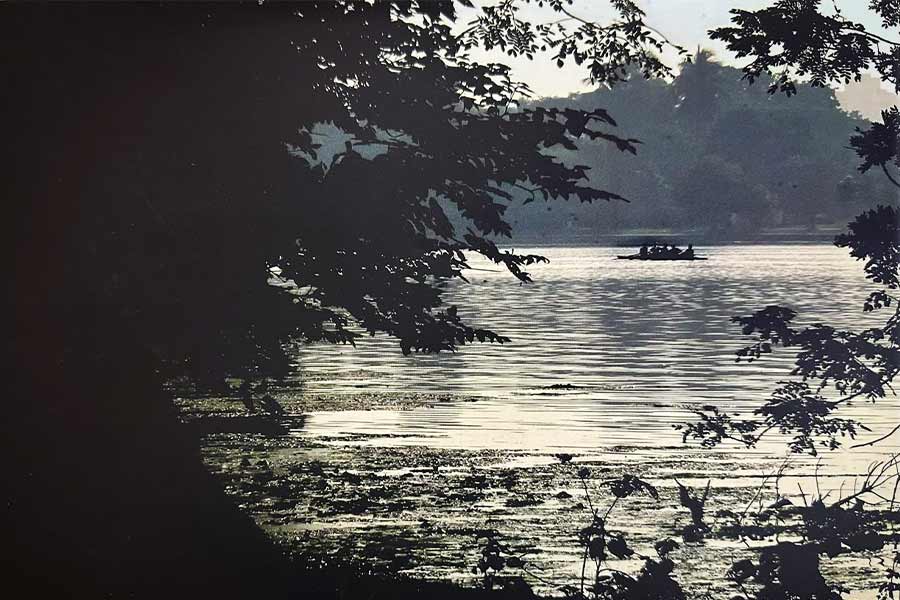
Kumar’s love for the Lakes is evident from the stunning visuals he captured for his coffee table book, ‘Rabindra Sarobar-Lakes’
Five decades ago, the Left Front government attempted to transfer a significant portion of land in the area to a private entity for building a Disneyland-esque amusement park. Back then, public protests had forced the government to rescind this decision. However, the KIT and KMDA were vulnerable to political pressure. As a result, various privileged groups received land parcels through newer leases. Lion's International received a significant portion of the green corridor for the development of a children's park, now known as Safari Park, while a cricket academy received land to the west of Safari Park.
Latest allotment
The latest such allotment involves handing over of 98 cottahs of the green corridor to the Calcutta Entertainment Club Foundation, represented by film personalities.
I learnt about it on my morning walk a few weeks ago when I spotted a motley crowd with a banner ‘Save Rabindra Sarobar’.“The KMDA is handing over five bigha of the green corridor to a private party!,” said one of them.
A well-known NGO contacted me, seeking help in reclaiming the land. Playing a critical role in moving the tanneries from Topsia, Tangra, and Tiljala to Bantala three decades ago had given me some experience in dealing with environmental issues. I filed a petition with the National Green Tribunal, challenging the KMDA’s abuse of authority in transferring an environmentally sensitive green corridor to private entities to host 'celebrity cricket' events. The petition has now been admitted. The KMDA’s claim of the land being ‘idle’ seems hollow as the body is the designated custodian responsible for protecting, preserving, and enhancing the Lake. Not for transferring its idle land.
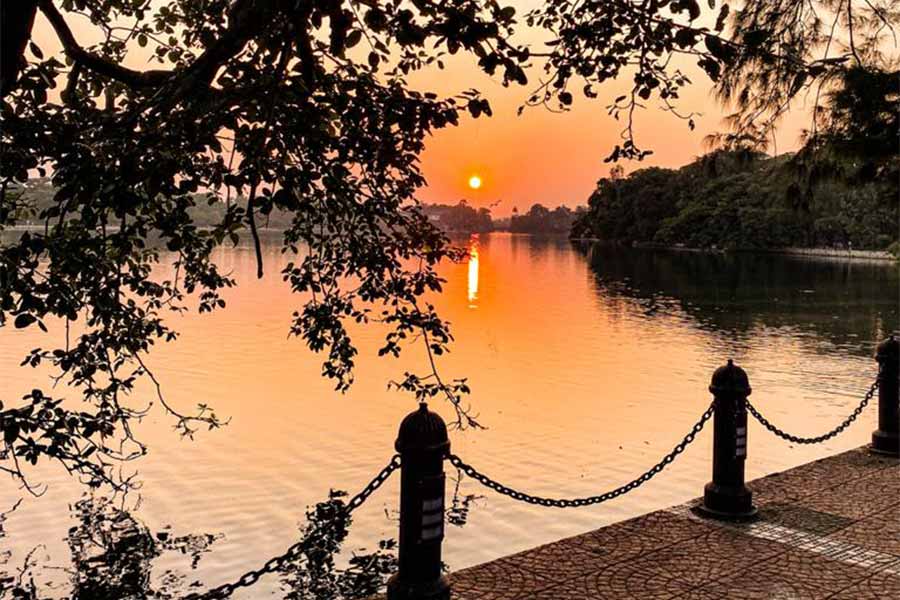
Despite being in the midst of a concrete jungle, this waterbody has survived many onslaughts
I find it puzzling that the KMDA doesn't consider more environment-friendly ideas like moving sporting and recreational activities towards the stadium, while establishing an urban forest in the lakes bordering Southern Avenue. We must immediately initiate the Miyawaki method of creating intense urban forests, instead of more cricket pitches on already overcrowded cricket grounds.
It requires courage and conviction to step beyond the current situation. My suggestion would be to entrust the forest department with management of the waterbody and green corridor. The Lake is currently part of the National Lakes Conservation Project under the Union ministry of environment and forest.
‘Impossible to create another beautiful lake like this’
All citizens must initiate and participate in the preservation of the Lake, the open-billed or painted storks that return year after year to roost, and the nearly hundred different varieties of fauna that have made the waterbody their safe haven.
Despite being in the midst of a concrete jungle, this huge waterbody has survived many onslaughts. One thing is for sure. It will be impossible to create another beautiful lake like this.
Sampath Kumar is an advocate in the Supreme Court of India, an environmental activist, and has authored a book on Rabindra Sarobar. The opinions expressed in this article are of the author.
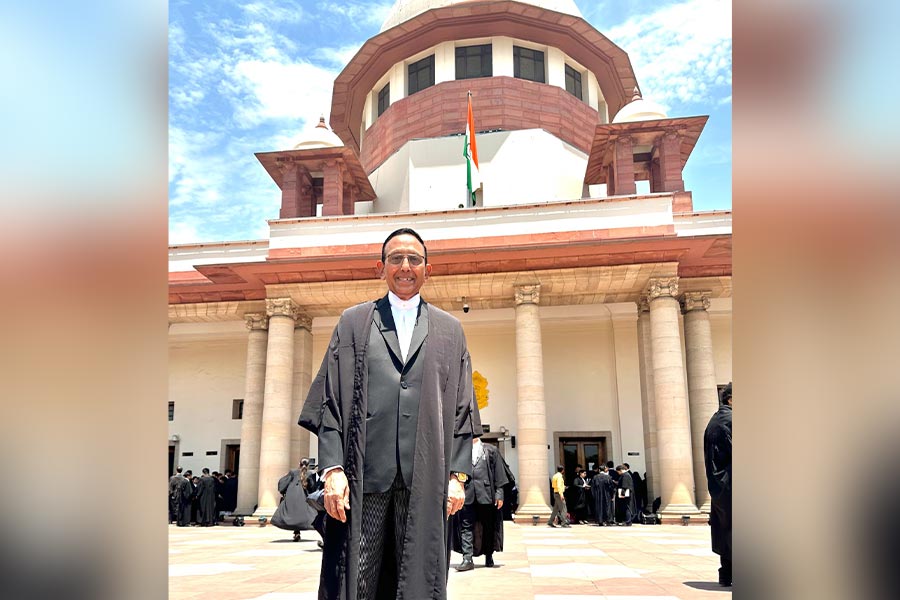
Kumar is a lawyer at the Supreme Court of India, and a regular at the Rabindra Sarobar Lake
